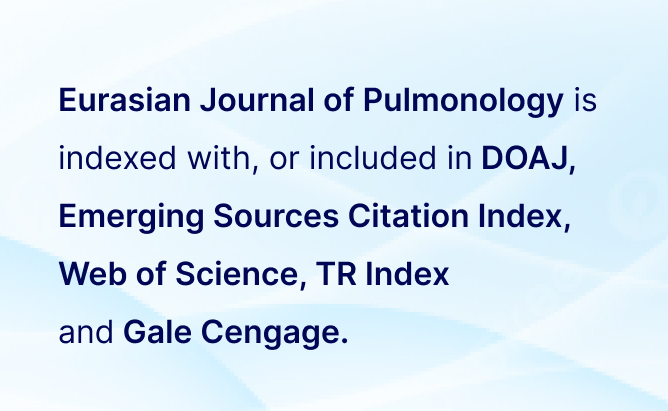Abstract
BACKGROUND: Short-term studies have shown that positive airway pressure (PAP) therapy increases exercise capacity in obstructive sleep apnea syndrome (OSAS). In this study, we investigated the effect of PAP therapy on exercise parameters in OSAS patients who were followed for 2 years.
MATERIALS AND METHODS: This prospective cohort study included patients recently diagnosed with moderate-to-severe OSAS. The patients underwent cardiopulmonary exercise testing and pulmonary function testing (PFT) at the start of the study and at follow-up visits. Outcomes of patients who adhered to regular treatment were compared with those who refused treatment.
RESULTS: Thirty-one patients who attended follow-up were included in the analysis and evaluated as a treated group (n = 16) and untreated group (n = 15). Although patients in the treated group had more comorbidities, the proportion of smokers was higher in the untreated group (P = 0.36 and P = 0.36, respectively). Of the PFT parameters, there were no changes in forced vital capacity and forced expiratory volume in 1 s in both the groups (P = 0.85, P = 0.59 and P = 0.92, P = 0.90, respectively). In the treatment group, there were decreases in resting heart rate (HR) and oxygen saturation compared to baseline levels (P = 0.01 and P = 0.02). A statistically significant decline in breathing reserve was observed in the untreated group (P = 0.03).
CONCLUSION: Our study suggests that PAP treatment does not make any difference in exercise parameters and PFT in long term. However, it supports the fact that PAP treatment may have a positive effect on some cardiac parameters, such as HR rest.





 Elif Yılmazel Uçar1
Elif Yılmazel Uçar1 




